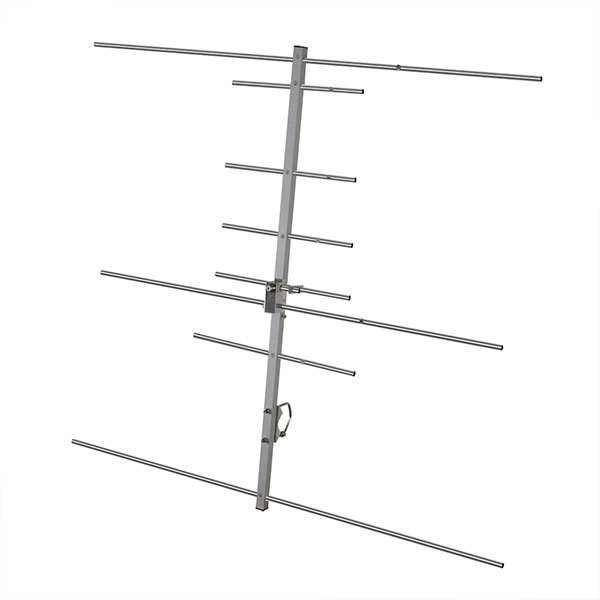+86 15093323284 hams@ailunce.com
How to judge the quality of an antenna?

We say that the antenna that can achieve the goal is a good antenna, so how to judge the quality of an antenna?
In general, there are three reference factors for judging the quality of an antenna.
SWR (Standing Wave Ratio)
SWR is a numerical value used to measure the efficiency of radio waves transmitted through the antenna. The closer the value is to 1.0, the better.
For example: SWR=1. means that the radio wave is 100% transmitted
SWR=1.5 means that the radio wave is only emitted 96%.
SWR=2.0 means that the radio wave is only emitted 75%.
SWR=3.0 means that the radio wave is only emitted 75%.
SWR=6.0 means that the radio wave is only emitted 50%.
The SWR of the finished antenna is mostly below 1.5, and a few is below 2.0. So we can say that Antennas with SWR below 1.5 are good antennas.
Antenna Gain
Gain is also a numerical value used to measure how much the intensity of a radio wave of an antenna is increased compared to a reference antenna.
The unit of gain is dB (decibel). The larger the value, the higher the radio wave intensity and the better the antenna. Assuming that the gain of the reference antenna is 0dB, if the gain of one antenna is also 0dB, it means that the intensity of the radio wave has not increased, which is the same as the reference antenna.
If the gain of an antenna is 3dB, it means that the intensity of the radio wave has increased by 2 times that of the reference antenna, and 20dB means that the intensity of the radio wave has increased by 100 times. For reception, the gain has the same reference significance.
The following is an example of a set of gains:
0dB=The radio wave intensity has not increased.
20DB=The radio wave intensity has increased by 100 times.
3dB=Radio wave intensity increased by 2 times.
23dB=Radio wave intensity increased by 200 times.
10dB=Radio wave intensity increased by 10 times.
30dB=Radio wave intensity increased by 1000 times.
13dB = radio wave intensity increased by 20 times.
40dB = radio wave intensity increased by 10,000 times.
Directionality
Take the microwave antenna as an example, it only receives signals from a specific direction, which is directivity.
An antenna is a good antenna if it can transmit radio waves to a maximum in a specific direction or receive radio waves to a maximum in a specific direction.
The following are two common antenna methods to improve directivity:
Yagi antennas increase the directivity by increasing the number of units.

Whip antennas increase directionality by increasing length.
Comments
Steve Withnell
Can you correct this article please. 1. SWR has no relation to antenna performance. 2. Increasing the length of a whip does not increase directionality and can reduce gain. 3. Gain in an antenna can be a bad thing, as it implies the radiation pattern has nulls which may be in the wrong place for the intended purpose. Regards Steve
Tom
The SWR thing is totally wrong.















YT9TP
Your text needs some clarification to avoid confusing readers. Gain is not amplification as usually interpreted. Antenna cannot amplify signal. What it does is concentrating signal by its directivity thus getting better gain in space where signal is concentrated.. Ideal antenna has 0dB and emites signal has shape of an ideal sphere, meaning there is no directivity. Antenna that has some directivity changes shape of the signal reducing it in some directions and concentrating it in designed direction. It sounds strange that vertical antenna has directivity when its main characteristics is that it has circular shape if its signal which is not directinal. That is true for horizontal plane. It is indeed circular. But in vertical plane, signal is squished toward horizontal axis, meaning it is concentrated there. More squisihing of the signal in vertical plane, more gain of antenna in horizontal plane.